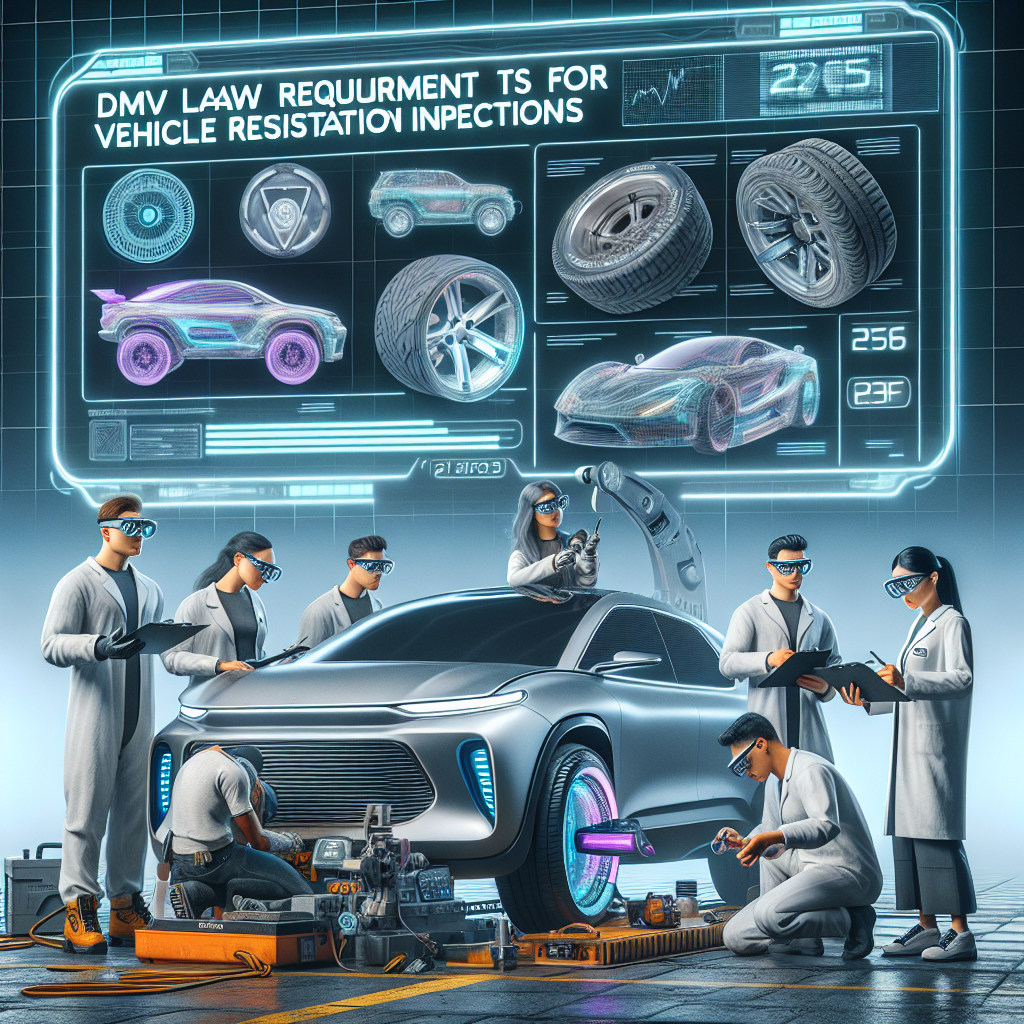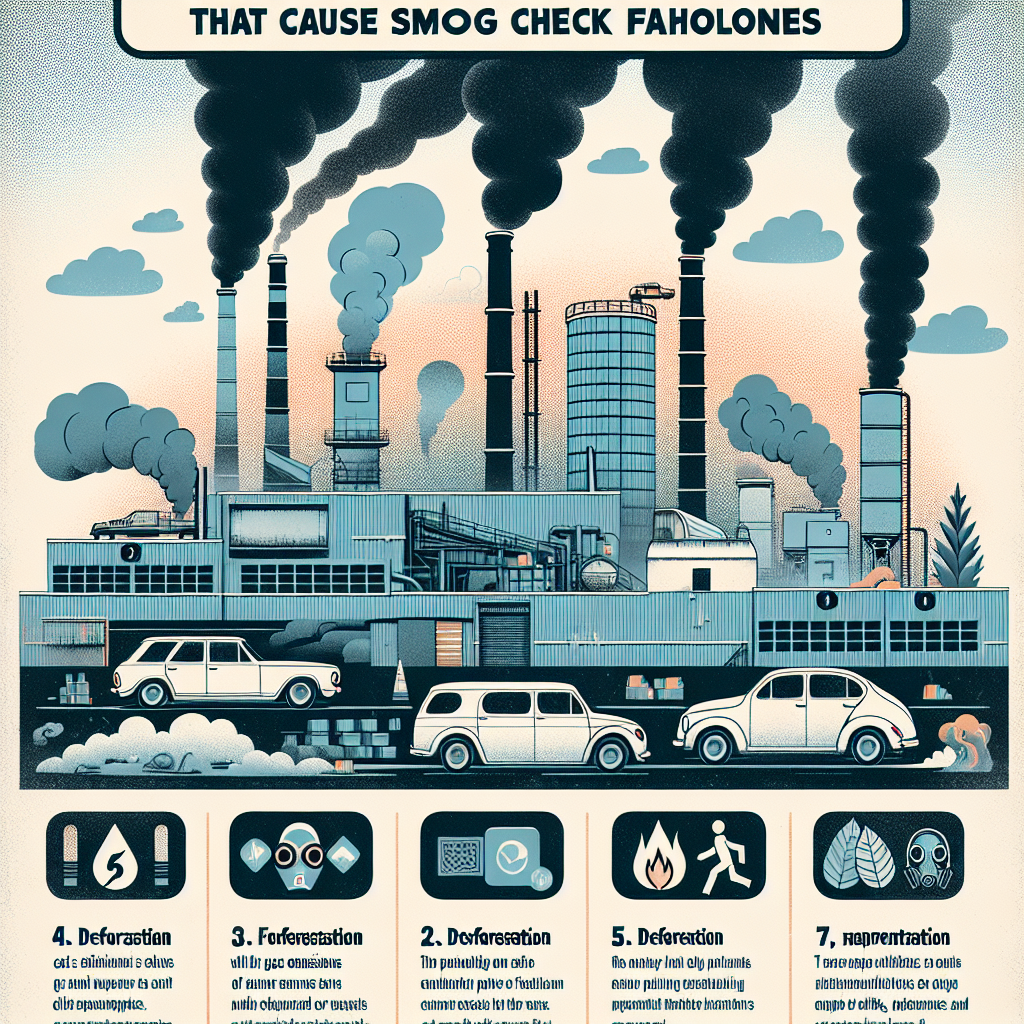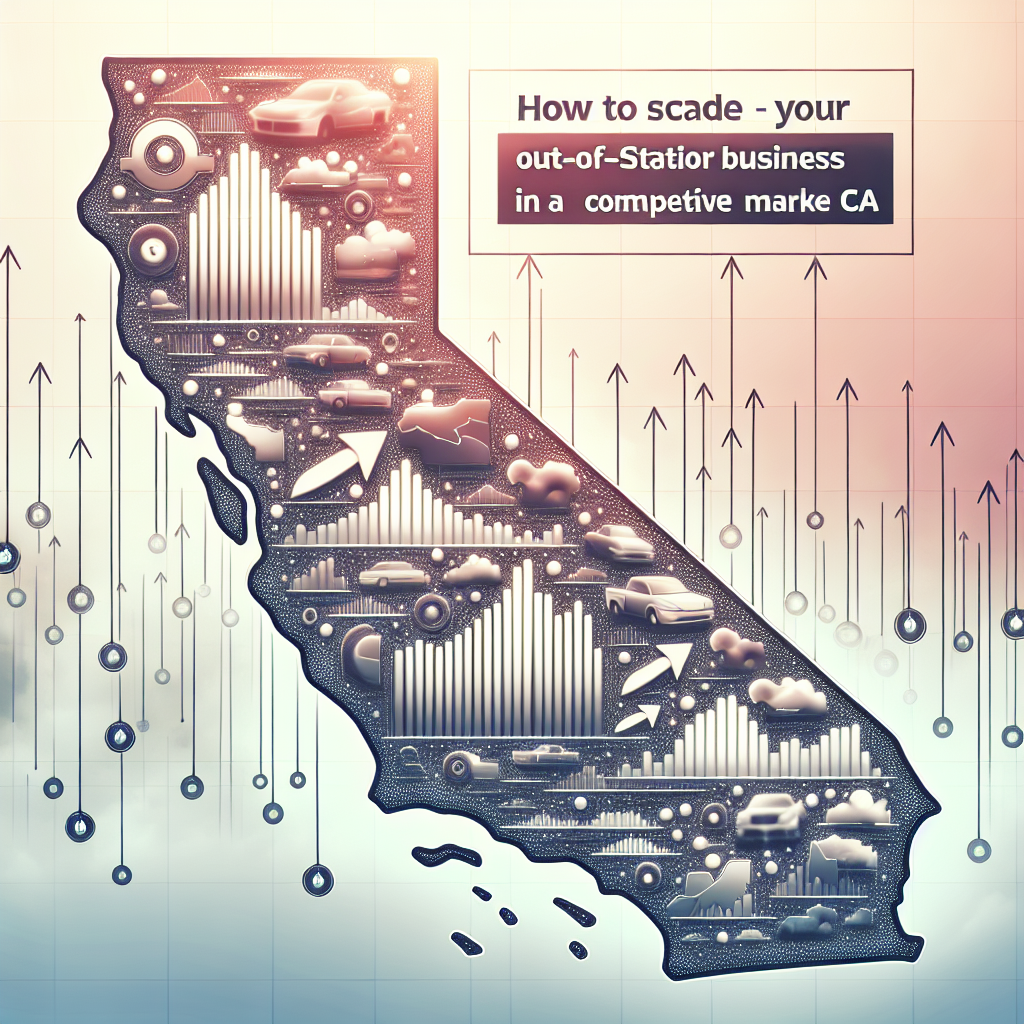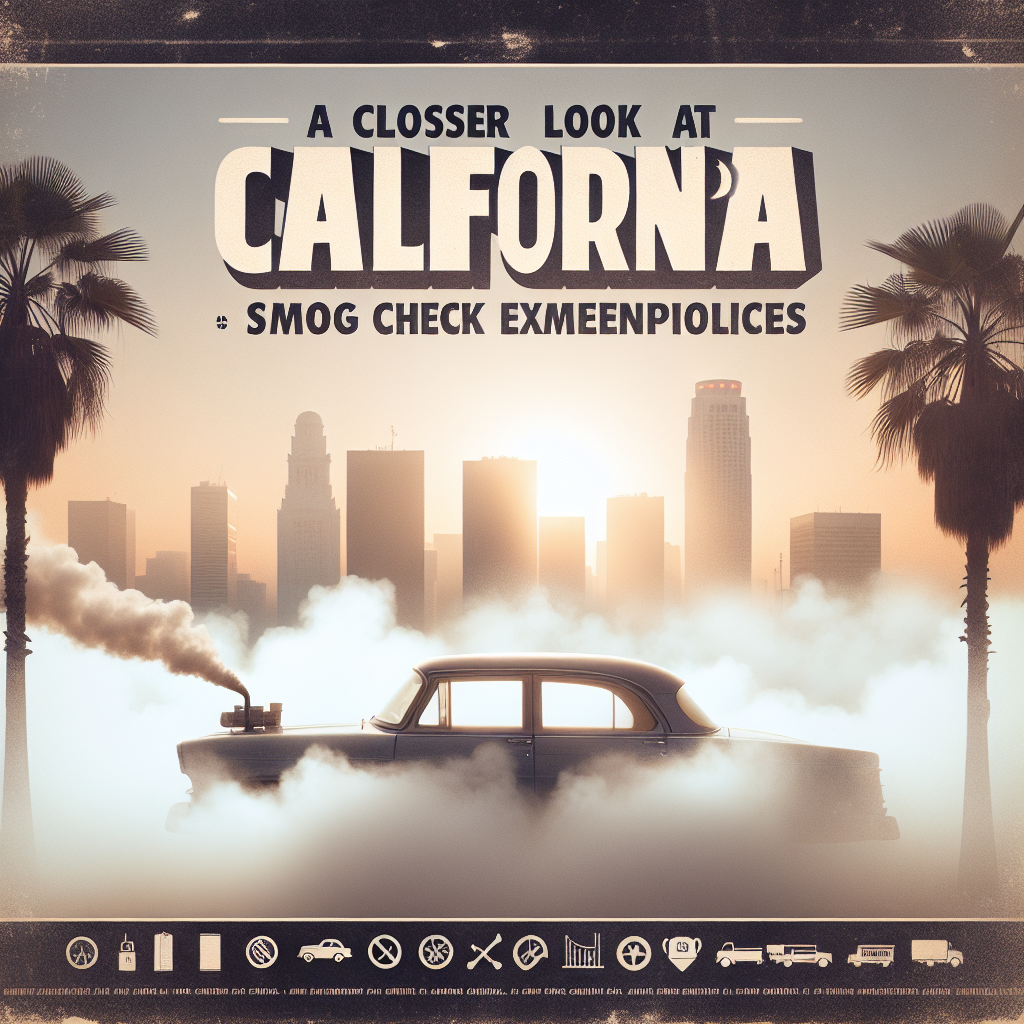How to Use Data Analytics to Boost Your CA Registration Services for Clients from Other States
Introduction
In today’s fast-changing business world, using data analytics is key to making smart decisions. When businesses use data well, they can make things work better, keep clients happy, and stay ahead. This is especially true for CA registration services that help clients from other states. These clients often have different needs and problems. But with the right data strategies, you can make your services smoother and improve client satisfaction. In this blog post, we’ll see how using data analytics can make your CA registration services better for clients from other states.
Understanding Data Analytics
Data analytics is the process of looking at data in a smart way to find patterns and insights. There are four main types of data analytics:
- Descriptive Analytics: Looks at past data and trends to understand them.
- Diagnostic Analytics: Examines why certain things happened.
- Predictive Analytics: Uses past data to guess what might happen in the future.
- Prescriptive Analytics: Suggests actions based on predictions.
In CA registration services, data analytics helps you understand what clients need, make processes better, and improve service delivery.
Picking Important Data Points
To use data analytics well, it’s important to gather the right data. Key data points for CA registration services include:
- Client Information: Knowing who your clients are, where they are from, what industry they are in, and what they need.
- Registration Patterns: Looking at patterns in services, like busy times and common requests.
- Client Feedback: Collecting feedback to see how happy clients are and what needs fixing.
- Out-of-State Client Data: Important for understanding the extra needs and problems these clients face.
Collecting accurate and detailed data is very important for gaining useful insights.
Tools and Technologies for Data Analytics
There are many tools and technologies that can help businesses use data analytics effectively. These include:
- Google Analytics: Provides strong data analysis tools for free, with extra features for a price.
- Microsoft Power BI: A powerful tool for showing data and understanding business intelligence.
- Tableau: Helps with data visualization to understand complex data sets.
- Cloud-Based Analytics: Services like AWS and Azure offer scalable solutions and allow remote client interactions.
The right tools for you depend on what your business needs and your budget.
Making Client Experiences Better with Data Analytics
Data analytics helps you adjust your services to meet the specific needs of your clients from other states, making their experience better. Here’s how:
- Tailored Services: Use data to know what clients like and customize your services.
- Predictive Insights: Guess future registration trends to get ready for client needs.
- Better Communication: Analyze client data to improve communication strategies and boost client satisfaction.
By focusing on insights from data, you can provide more effective and personalized services.
Improving Operations with Data Insights
Data analytics can find where things could work better and help make operations smoother, allowing for faster and more accurate registration services. Try these methods:
- Process Improvements: Find slow spots in the registration process and use data to fix them.
- Resource Allocation: Use data to distribute resources wisely, shortening service times.
- Study Success Stories: Look at past successful decisions where data helped improve things to learn for your own strategy.
Using insights can really improve the effectiveness of your operations.
Ensuring Compliance and Safety
It’s very important to keep client data safe and follow rules. Here are ways to do it:
- Data Privacy: Follow state and federal laws to protect client data.
- Secure Systems: Make sure your systems are safe to guard client information, especially for out-of-state clients.
- Compliance Monitoring: Use data analytics to make sure you keep following the necessary laws and rules.
Keeping client data safe builds trust and avoids legal troubles.
Checking Success and Changing Strategies
To keep getting better, it’s important to check how data analytics impacts your services and make changes as needed:
- Set Goals: Make measurable goals and key performance indicators to track improvements.
- Assess Impact: Regularly look at the effects of data initiatives on client satisfaction and efficiency.
- Make Adjustments: Use what you learn to improve strategies and stay competitive.
Regular reviews and strategic changes are essential for getting the most from data analytics.
Conclusion
In conclusion, data analytics can truly change CA registration services for clients from other states. By using data effectively, you can tailor services, make processes smooth, ensure compliance, and ultimately improve client satisfaction. Embracing a data-driven strategy is important for staying ahead and providing value to your clients in this digital era.
Call to Action
We want to hear about your experiences and challenges with CA registration services. Join our upcoming workshops or webinars on how data analytics can improve your business. Don’t miss the chance for a free consultation or try out analytics tools made just for registration services. Contact us today to start your journey toward better and more efficient client service!
Looking for more information? Visit us at Tags Clinic located at 3845 University Ave, San Diego, CA or call us at 619-777-9046.









